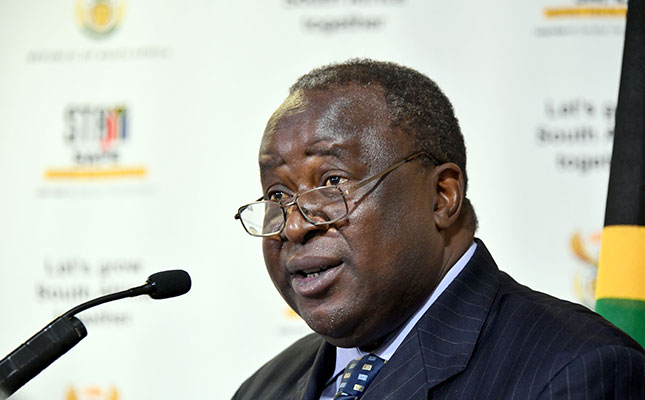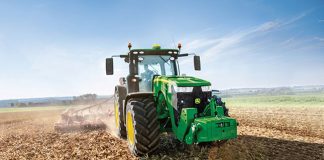Household food spending declined from 14,4% of total spending in 2005/06 to 12,8% in 2010/2011. “The average household spent roughly 32% of their income [nearly R400 billion countrywide] on housing, electricity, gas and fuel. When combined with expenditure on food, which is the fourth largest expenditure group, the two groups account for approximately half of all consumption expenditure in the country.
Essentially, R1 out of every R2 spent by South African households goes towards housing and food,” the report said. Rand Merchant Bank economist Carmen Nel said that the total value spent on food and beverages in the 2005/2006 IES was R101 billion, or R8 105 per household. “In the 2010/2011 IES, it was R160 billion or R12 200 per household.
So in nominal terms, expenditure on food and beverages increased 58% in aggregate over five years or 50% per household over five years,” Nel said. The 2010/2011 IES noted that real expenditure on food and beverages increased only 0,6% per household. “The slow real growth is in keeping with the notable moderation seen in population growth in recent years. As households become richer, they spend relatively less on food.
The composition of food expenditure changes, with this change in demand having possible implications for farmers. On balance, this relative shift in spending will arguably be outweighed by the need for food security in the longer run, particularly given the desertification of large parts of the country and rising food demand globally,” Nel said.
Almost every population group reported income growth betweenthe two surveys, with growing expenditure on transport, clothing and footwear, communication and education and goods and services. “Ultimately it highlights the growth of a black middle class in South Africa and a country that is slowly getting richer,” the IES report said.












